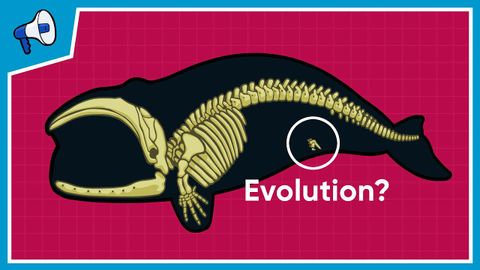
Subtitles & vocabulary
What is the Evidence for Evolution?
00
Zenn posted on 2015/02/14Save
Video vocabulary
common
US /ˈkɑmən/
・
UK /'kɒmən/
- Noun (Countable/Uncountable)
- Area in a city or town that is open to everyone
- Field near a village owned by the local community
- Adjective
- Shared; Belonging to or used by everyone
- Typical, normal; not unusual
A1
More evidence
US /ˈɛvɪdəns/
・
UK /'evɪdəns/
- Uncountable Noun
- Factual proof that helps to establish the truth
- Information presented in court to prove or disprove alleged facts.
- Transitive Verb
- To indicate clearly; to be evidence of.
- To show clearly; prove.
A1TOEIC
More grow
US /ɡro/
・
UK /ɡrəʊ/
- Verb (Transitive/Intransitive)
- To get bigger and more mature; make plants do this
- To improve; to develop better skills over time
A1TOEIC
More live
US /liv/
・
UK /lɪv/
- Intransitive Verb
- To be alive
- To make your home in a house or town
- Adjective
- Being broadcast as events happen, not recorded
- Carrying electric current; able to give a shock
A1
More Use Energy
Unlock All Vocabulary
Unlock pronunciation, explanations, and filters
